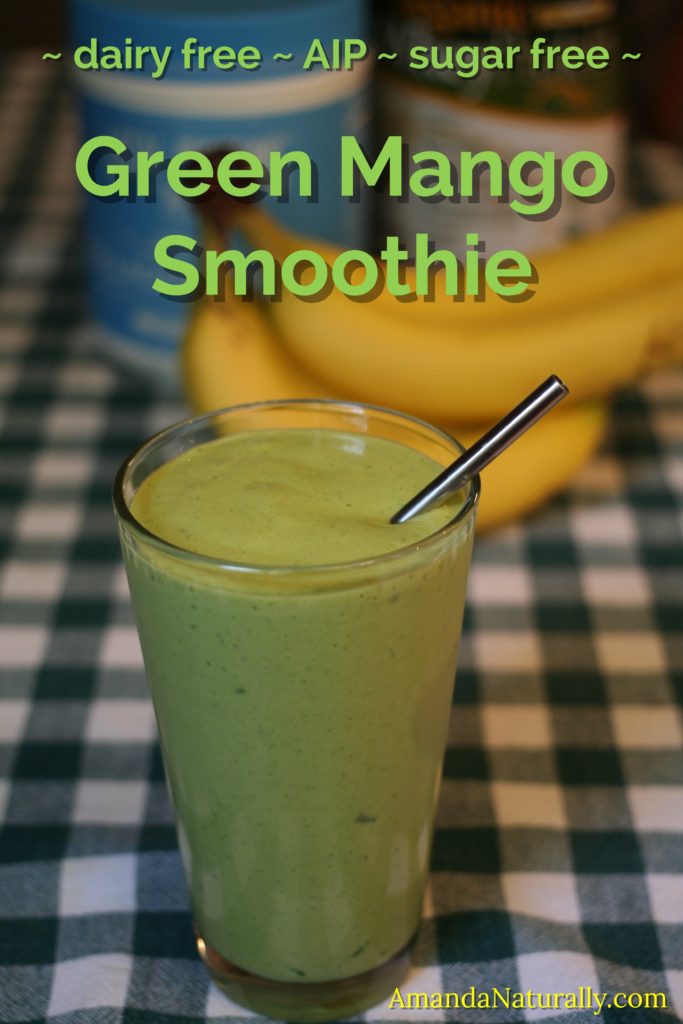 I’m going to be honest with you, I’ve never been a big smoothie fan. When I started down my health journey, I had a smoothie every morning for breakfast for about 2 years, then hit a wall and haven’t enjoyed them in years. However, so many people love them, and they are a great healthy option for fast and on-the-go meals, so I’ve always kept them in my arsenal when working with clients.
I’m going to be honest with you, I’ve never been a big smoothie fan. When I started down my health journey, I had a smoothie every morning for breakfast for about 2 years, then hit a wall and haven’t enjoyed them in years. However, so many people love them, and they are a great healthy option for fast and on-the-go meals, so I’ve always kept them in my arsenal when working with clients.
Recently, smoothies have totally been my jam. This is for a few reasons:
- It’s summer, crazy hot and I am 7 months pregnant
- My stomach is small so a liquid breakfast allows me to get in more nutrition right now
- I have a lot of appointments so I often come back from the gym, have a half hour turn around and am out the door to the chiro or midwives. Or I’m seeing clients of my own. So even though I’m not a big fan of eating on the go (it’s important to relax in order to digest friends!), taking a smoothie in the car has been a life saver some mornings.
- It’s hot. I’m hot. Smoothies are cold and therefore taste AMAZING. For breakfast, lunch or dinner. Did I mention I’m hot? (#pregancyproblems)
If you haven’t read my detailed post on How To Build a Healthy Smoothie – go read it now! It also has a recipe for a chocolate smoothie – which is great for moving kids (or adults) over to a real food breakfast when they’re used to sugar-filled ones.
This recipe for my Green Mango Smoothie has been my go-to this summer. The tropical flavour combination is so delicious, and it’s a great opportunity to get some extra veggies in, as well as collagen protein (one of the amazing nutrients found in bone broth, that is critical for bone/connective tissue development – key for pregnancy, and healing in general)! Not to mention protein when my stomach is feeling small, haha.
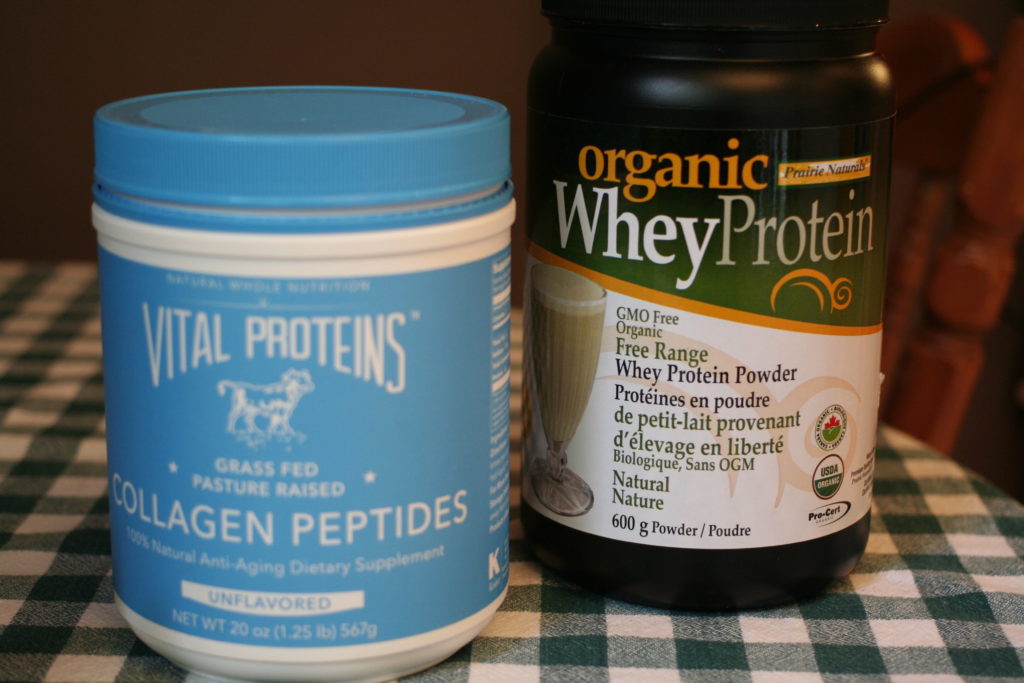
Choosing a Protein Powder
This can be a bit of a learning process to find your favourite. Here are some of my suggestions:
- Collagen Peptides by Vital Proteins – hands down my favourite. No flavour, incredibly good for your entire body (gut, joints, bones, skin, hair, nails – pretty much everything.). It’s often available on Amazon.ca but as of pressing publish on this post (July 14/16), it’s out of stock right now. Alternatively, Great Lakes Gelatin Collagen Hydrolysate is a good option and can sometimes be found at health food stores like Healthy Planet.
- safe on the autoimmune protocol
- great for kids
- not a complete protein, so not a good post-workout option (at least not on its own), but great as part of a balanced diet that includes whole protein sources like meat, fish and eggs.
- Organic, Grassfed or New Zealand Whey – the most bioavailable, easy to use protein, BUT made from dairy. So if you do not tolerate dairy, this is not an option for you. If you do tolerate whey protein, getting a plain, high quality protein is your best bet. My favourite brand is Prairie Naturals because it’s much more local than New Zealand whey, but nutritionally they are on par.
- SIDE NOTE: it took me 5 years of strict dairy-free and epic amounts of gut healing before I was able to reintroduce whey protein.
- Hemp Protein – I like the Manitoba Harvest brand because they use coconut sugar to sweeten, instead of stevia like most other natural brands (which can be a gut irritant for some). It’s a little grainy, so I often recommend using a half dose in combination with a scoop of collagen.
- Pumpkin Seed Protein – the only brand I have seen is Omega Alpha. It’s similar to hemp in that it’s grainy, but it has no other ingredients.
- Brown Rice Protein – this is my least favourite, personally, because it tastes like sand to me. But it’s my husband’s favourite. He thinks it’s less grainy than hemp or pumpkin, and doesn’t tolerate whey. His go-to is the Prairie Naturals brand (full-disclosure, he formulates products for them, so has a slight bias towards the company. But he also works for them because he loves their products and values as a company!)
Things to avoid in protein powders: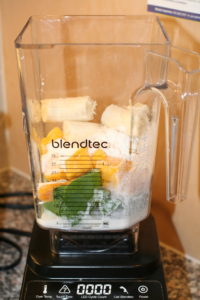
- aspartame, sucralose and acesulfame-potassium (all artificial sweeteners)
- artificial flavours
- colours
- pea protein, a common component of most plant-based/vegan protein powders (very cheap, incredibly hard on the gut)
- soy protein (unless it’s organic, it’s guaranteed to be GMO and covered in RoundUp, not to mention soy can be very estrogenic, which can be useful under the direction of a practitioner, just don’t go it alone)
Green Mango Smoothie

- 1 cup frozen mango pieces
- 1 small banana (or ½ a ripe avocado)
- 1 handful of spinach
- ¼ cup full-fat canned coconut milk (preferred brand: Aroy D)
- ½ tsp vanilla extract (omit for strict AIP)
- pinch of sea salt
- ½ - ¾ cup water (depending on desired thickness)
- 1 serving of protein (approximately 15-25g)
- Combine all ingredients in a blender.
- Blend until the spinach is thoroughly broken down.
- Enjoy!
- MY FAV: 1 scoop Vital Proteins collagen + 1 scoop Prairie Natrurals whey or Manitoba Harvest hemp
- AIP: only use collagen (1-2 scoops)
- POST-WO: whey, hemp or brown rice
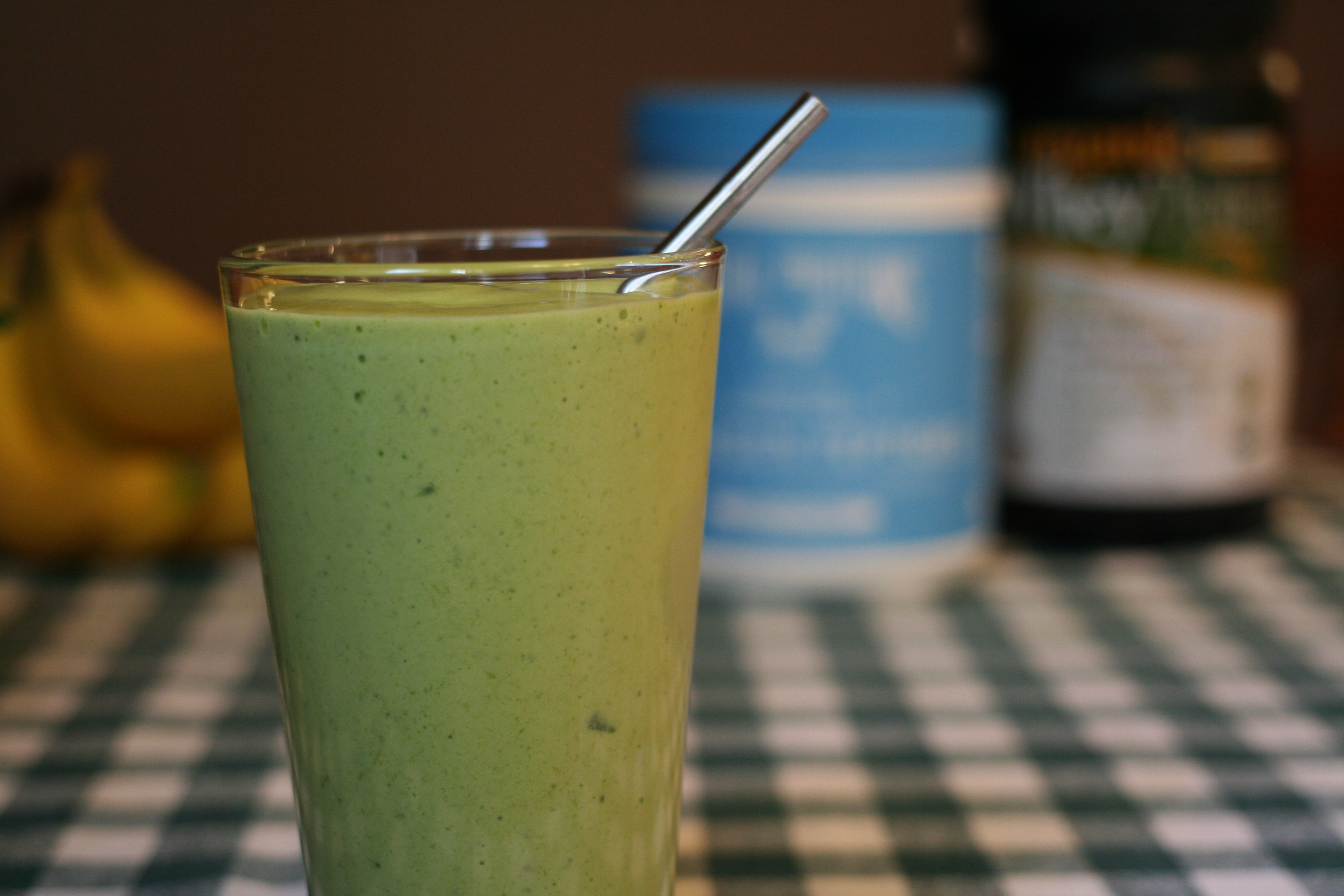

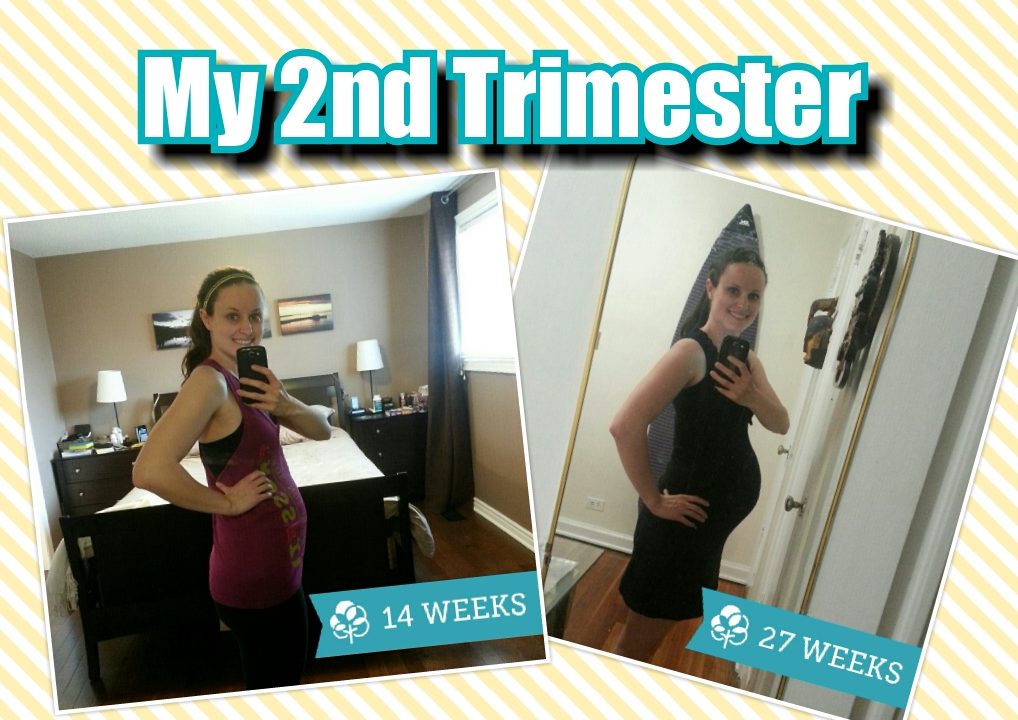
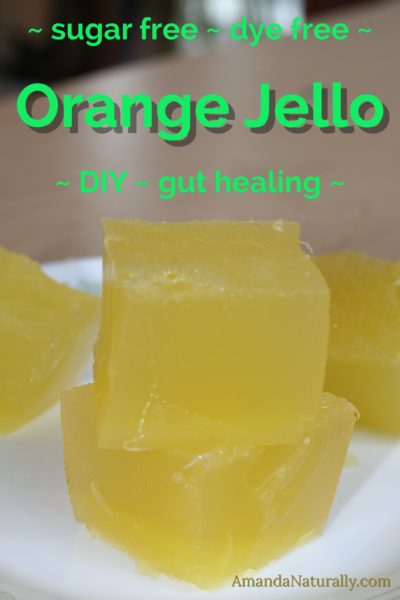 It was 35 degrees here on the weekend (for my friends south of the border, that’s 95F) and while that’s just gorgeous for most people, being 6 months pregnant made it a little tough to handle! So I spent the weekend enjoying lots of cold food like salads, hard boiled eggs, smoothies and JELLO!!
It was 35 degrees here on the weekend (for my friends south of the border, that’s 95F) and while that’s just gorgeous for most people, being 6 months pregnant made it a little tough to handle! So I spent the weekend enjoying lots of cold food like salads, hard boiled eggs, smoothies and JELLO!!